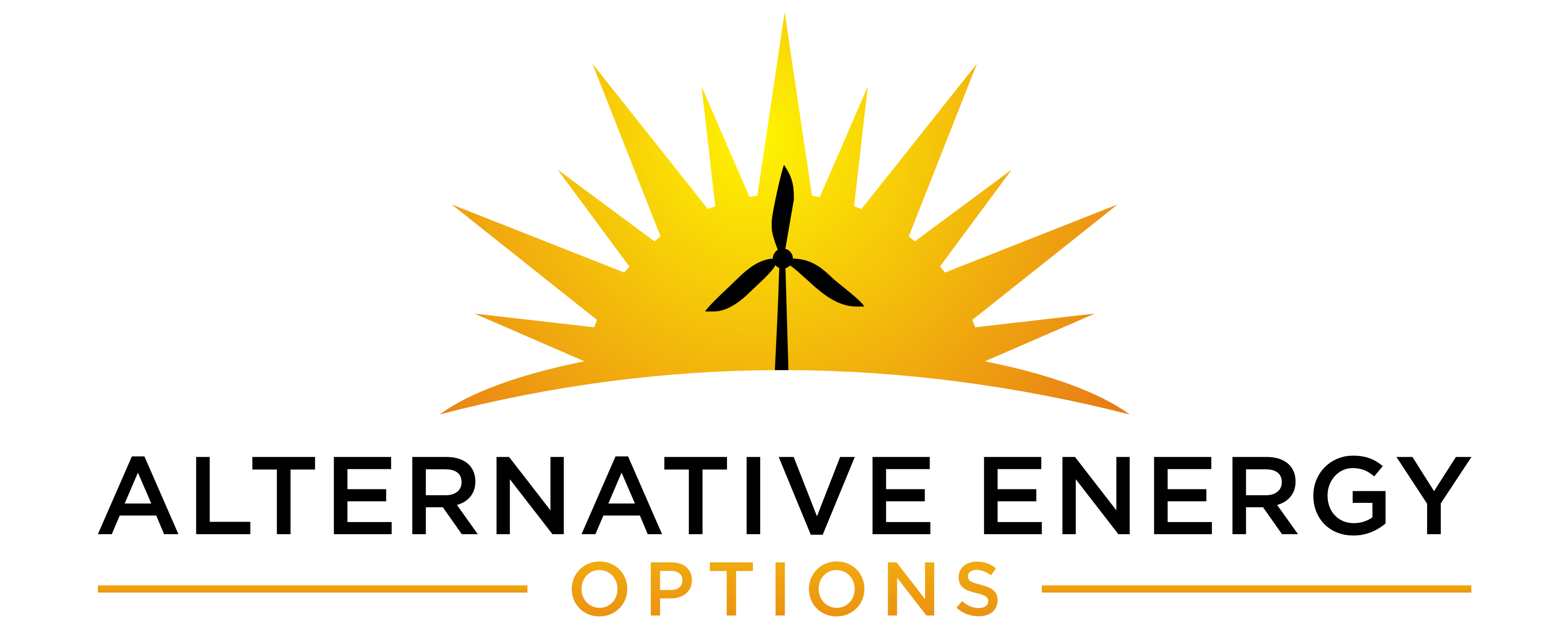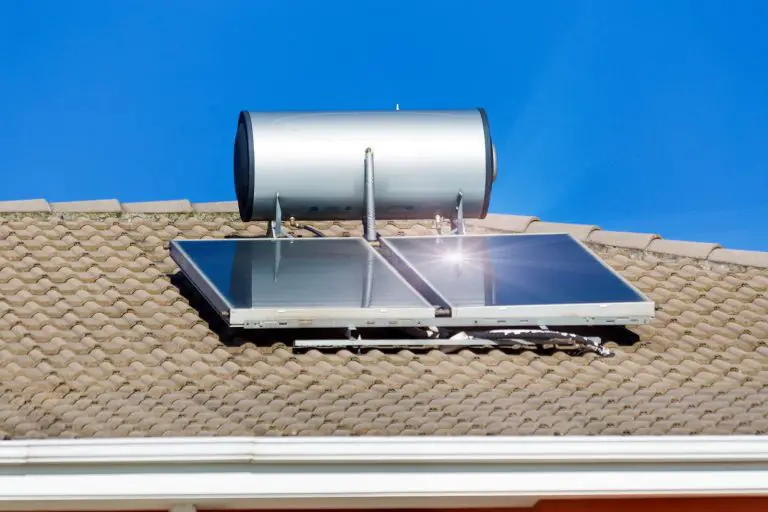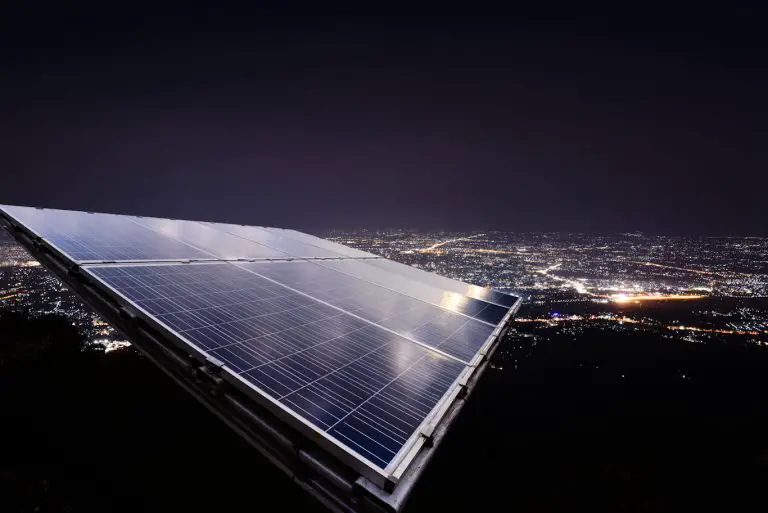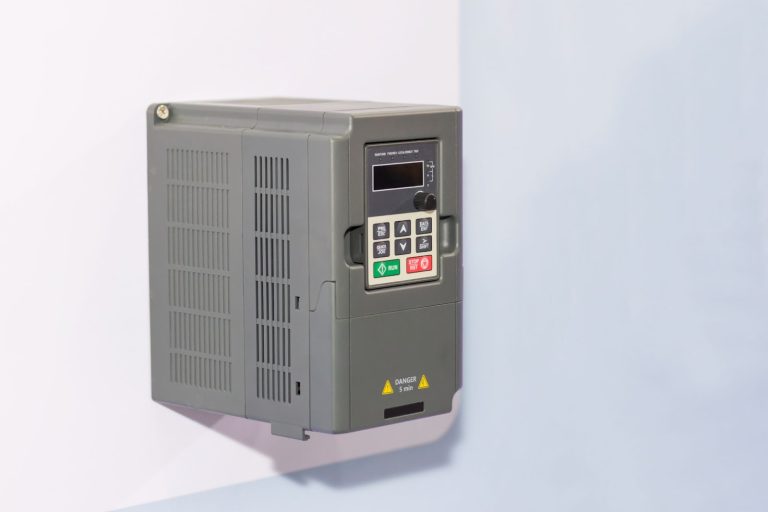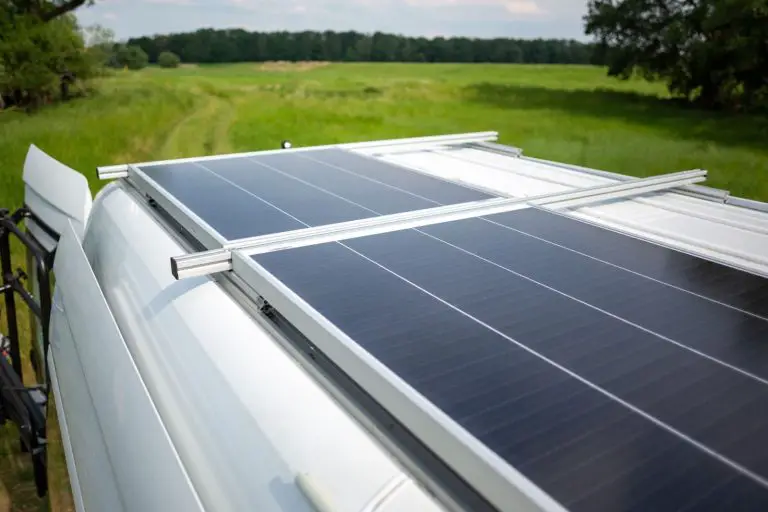Everything You Need To Know About Solar Blankets
Are you curious about solar blankets and what you can do with them? With the incredible technological advance, it is now possible to generate electricity through portable panels that look like an ordinary blanket.
Solar blankets, like regular blankets, are generally lightweight, foldable, and easy to carry. Nonetheless, they are perfectly capable of charging your portable battery, which will power all your gadgets, or generating electricity to power any device directly.
But it is not all. This article will tell you all there is to know about solar blankets.
What Is A Solar Blanket?
These panels are flexible, foldable, lightweight, and portable. When you unfold them, these types of solar panels look like a blanket, and because of this reason, they are called “solar blankets.”
You can consider a solar blanket as a particular type of portable solar panel designed to be highly flexible and easy to carry. The regular solar panels are generally fixed into a roof, while the portable ones look pretty rigid.
Solar blankets can be folded and placed into bags, or stored in a car, occupying very little space. In addition, it is easy to connect a solar blanket to a battery, making them perfect for beginners and people without experience with solar energy.
It has a pretty thin covering, flexible photovoltaic panels shaped in relatively small rectangles over a flexible material that connects the entire solar blanket. Frequent travelers can significantly benefit from their concerns about space and weight.
Why Should You Use Solar Blankets?
Solar blankets are a unique type of solar panels because of the way they are built. They are flexible, capable of withstanding a less careful use and survive more hits and falls.
On the other hand, portable solar panels are more rigid and fragile. Moreover, someone who travels and stops in various locations has to set up solar panels often; having a flexible product available makes life easier and the process faster. (source)
Solar blankets can be pleased on any surface and have an additional feature to stand up at an angle to harvest more sun.
Although it is necessary to set the panels manually, the process is relatively easy, including the wiring to connect the panels to the battery or other devices. Generally, solar blankets serve the purpose of portability and ease of use.
Reasons For Using Solar Blankets
- Easy to carry
- Easy to fold and store
- Easy to set up
- You can use any surface to lay them
- They are not heavy
How Should You Choose A Solar Blanket?
When selecting a solar blanket, you should remember a few essential points that can help you make the best possible choice.
Here Are The Key Points To Consider
The Type Of Solar Cells
Solar panels may consist of different solar cells, which can change the performance, durability, and life expectancy. For example, there are:
- Monocrystalline solar cells
- Polycrystalline solar cells
- Thin-film photovoltaic cells
(source)
Monocrystalline Solar Cells
Monocrystalline solar cells are from a cylindrical ingot of silicon. First, the silicon is cut into circular slices, then into rounded squares, and sliced into wafers. Finally, they are placed in an aluminum framework with silver wires to collect electricity.
This material is very efficient, making solar panels smaller and more practical. But they present some disadvantages, such as lower performance on cloudy days or when the temperature is too high.
While on sunny days, you need to place them at a more efficient angle. In addition, the snow or dirt can damage the panels easily.
Polycrystalline Solar Cells
Polycrystalline solar cells are made from crystal silicon. The silicone is melted, made into squares, and cooled at different temperatures, creating multiple crystals.
Although these types of solar cells are less efficient internally due to the multi crystals, they can harness more sun even on cloudy days. In general, polycrystalline cells are cheaper to produce and thus less expensive but can last as long as monocrystalline cells.
Thin-Film Solar Cells
Thin solar cells are different from crystalline cells. The silicon is set on thin layers on a surface that will become the solar panel later. These types of cells can adapt to flexible surfaces, can resist high temperatures, and will perform even on cloudy days.
They are less efficient than crystalline cells. It is because more panels need to be mounted to produce the same amount of energy generated by panels using other types of solar cells.
Monocrystalline cells can produce four times the electricity of thin-film cells. In addition, they have a shorter lifespan than other types of solar cells.
Which Solar Cells Are Better For Solar Blankets?
You can find solar blankets made of polycrystalline silicon or thin-film cells. While polycrystalline cells are cheaper, they are also less efficient. However, if you are on a budget, you can always get solar blankets made of polycrystalline cells and still benefit from solar energy.
Monocrystalline solar blankets will produce more energy since they are more efficient. But they are also more expensive and fragile than other solar blankets. (source)
Size Of The Solar Blanket
Solar blankets come in different sizes and numbers of solar cells. The bigger sizes are capable of producing more energy. Depending on your needs, you can select the solar panel that makes the necessary power, which can be a bigger or smaller size.
Despite the size, solar blankets are foldable, which means that when they are not in use, they still occupy little space. Therefore, the primary consideration regarding their size is the amount of electricity they can generate.
Weight
The weight of solar panels can vary between 2 kgs and 17 kgs. The main characteristic of solar blankets is their portability and ease of use while traveling. However, too much weight can defeat this good quality of solar blankets, so there is no point in choosing a heavy blanket unless you need a lot of power.
In general, you want a lightweight product that is easy to carry and use. But, it is also true that the heaviest solar blankets can perform better, so it is a matter of finding a good compromise between weight and performance.
Quality Of The Materials
Before making a final decision about which solar blanket to get, you should consider the quality of the materials used. Cheap materials will make the solar blanket more affordable. However, you risk having a product with low durability and more subject to damage.
Although more expensive, quality materials make solar blankets last longer and make them more efficient.
Additional Factors
Consider the additional features of the solar blanket, such as the ability to connect with various batteries and devices. For example, can it charge appliances directly, or would it need a battery?
Consider if there are additional features such as handlers to carry it or even a matching kit for connecting the solar blanket to various devices.

What Are Some Negative Aspects Of Solar Blankets?
Although there are many positive aspects of solar blankets, there are also a few drawbacks to consider. For example, here are some disadvantages when using solar blankets:
It Cannot Be Easy To Position Them At The Right Angle
While it is possible to get solar blankets in many sizes so you can harvest the most sun, it is also difficult to position them at the correct angle facing the sun.
For example, it is possible to lay a solar blanket on the ground, but it would be more efficient if you set it at an angle between 10 and 40%.
A car windshield is a good solution, but you can’t let the solar blanket on a windshield for the entire day since the sun is moving. You will have to reposition the car every few hours to ensure the panels always face the sun.
Some solar blankets have features and equipment to position them at the proper angle, but you must manually reposition them after a few hours.
Price
A good quality solar blanket can be very expensive. Top-quality solar blankets can cost up to $2500, while the cheapest cost only a few hundred dollars. However, the highest-priced solar blankets are durable, efficient, and come with many useful features.
Easy To Be Taken By Others
One of the most remarkable qualities of solar blankets, portability, is also a weakness. If you leave your solar blanket too far and unguarded, someone can easily fold them and carry them away. Unfortunately, the typical solar panels are more challenging to carry away.
Not Suitable For Everyone
Solar blankets are not suitable for everyone because of the price difference from regular solar panels and because you can’t use them while on the road. They have to be packed inside your vehicle during the travel, while fixed solar panels can be mounted on the roof of an RV and utilized.
People often on the road will benefit from spending money on a solar blanket than those occasionally going on holiday or camping. In that case, it is better to get portable solar panels that are less expensive but perfect for the purpose.
Which One Should I Get?
Both portable solar panels and solar blankets serve the purpose well. You will not be disappointed in getting one or the other. However, depending on your activities, you might prefer to choose one.
Solar panels (whether fixed on the roof or not) are more suitable for those going out only on weekends with an RV or a caravan. They are less expensive, and it is not a big deal to set them up and provide electricity to all appliances for a couple of days.
Those on the road, often camping, might need the flexibility and space-saving qualities that solar blankets provide. (source)
How To Set Up A Solar Blanket?
If you are using a solar blanket-charged battery, it is always better to use a regulator. It is a device that helps regulate the energy flow from the solar panels to the battery without overcharging or overheating it.
Many brands include the regulator with the solar blanket kit at the moment of the sale. If that is not the case, it is better to verify at the moment of the purchase if the blanket includes a regulator or if you even require one.
To make your solar blanket perform to the maximum, you must set them up, pointing them directly at the sun. It would be a mistake to just lay the panels out in the daylight without ensuring that the sun hits them directly.
It signifies that you must place the blanket at an angle and not flat on the ground. The angle should be such as to receive sunlight in a direct line. Doing otherwise can reduce efficiency significantly. Furthermore, the best temperature to operate solar panels to get the most out of them is 25 C.
How To Use A Solar Blanket?
Solar blankets are easy to use. You can get them to charge a solar battery, and it is helpful to power appliances and various devices. As an alternative, you can also charge your devices directly from the electricity provided by the solar panels.
All you have to do is unfold the solar blanket and place it under the sun. If the particular product you have has legs, you can use them to tilt the blanket and put it under direct sunlight. Once done, connect the panels to the devices you want to charge or the battery through cables.
In terms of accessories, you need a deep cycle battery if you want to use it, a controller, and an inverter to make sure you can charge the battery and other devices.
Can I Charge A Deep Cycle Battery With A Solar Blanket?
In general, if you have a deep cycle battery compatible with your solar blanket, you do not need any additional accessories. However, if you have a regulator, you should use it to ensure the battery will not get overcharged.
Furthermore, if you have another type of battery, such as the car battery, and want to charge it with the solar blanket, you need to have an adaptor. Finally, if you’re going to power appliances that use another current type, you might also need an inverter.
How Should You Care For And Store A Solar Blanket?
Solar blankets are easy to fold and store. But because of how easy they can be folded and unfolded, they are not cared for properly. Here are some helpful guidelines to properly take care of solar blankets:
- Do not walk, step or put pressure on the panel while in use.
- Keep solar blankets dust-free, and remove all the debris before folding them.
- Clean the solar panels using a soft cloth (follow the recommendation in the manufacturer’s guide given to you at the moment of purchase)
- Do not use chemicals to clean your panels.
- Wait for the panels to cool down before touching or cleaning them.
- Remove the blanket from the rain and do not put water on them.
- If they are wet, let your panels dry before folding them.
- Once folded, store the panels where no one can sit on them or get damaged.
- Store the panels in a cool place, not under direct sunlight
- When you fold and unfold the panels, do it carefully to prevent damage.
Remember that solar blankets can be resistant to water but not waterproof. So while a bit of rain will not damage them, a lot of water can penetrate the panels and damage the solar cells.
Frequently Asked Questions
Does Solar Blanket Thickness Matter?
In general, the solar blanket thickness matter. A thicker solar cell can absorb more energy and thus be more efficient. But there are drawbacks, one of which is the higher bulk recombination rate. But if the cell is very thin, it will not absorb much light and is less efficient. So, producers try to balance the advantages and disadvantages when deciding how thick a solar blanket should be.
Are Solar Blankets Any Good?
Solar blankets are a valid method to get electricity off the grid. They work as regular solar panels with added features such as foldability and flexibility. You easily transport and store them with little space consumption. Using solar blankets instead of fixed panels or portable panels is not different.
What Size Solar Blanket Do I Need To Charge A 100ah Battery?
If you use 12 volts and 20 amps to charge a 100 amps battery, you need 5 hours of sunlight to operate your solar panels. So if you do your calculation, you will figure it will gale a 300-watt panel to charge such a battery or three 100 amps panels.
